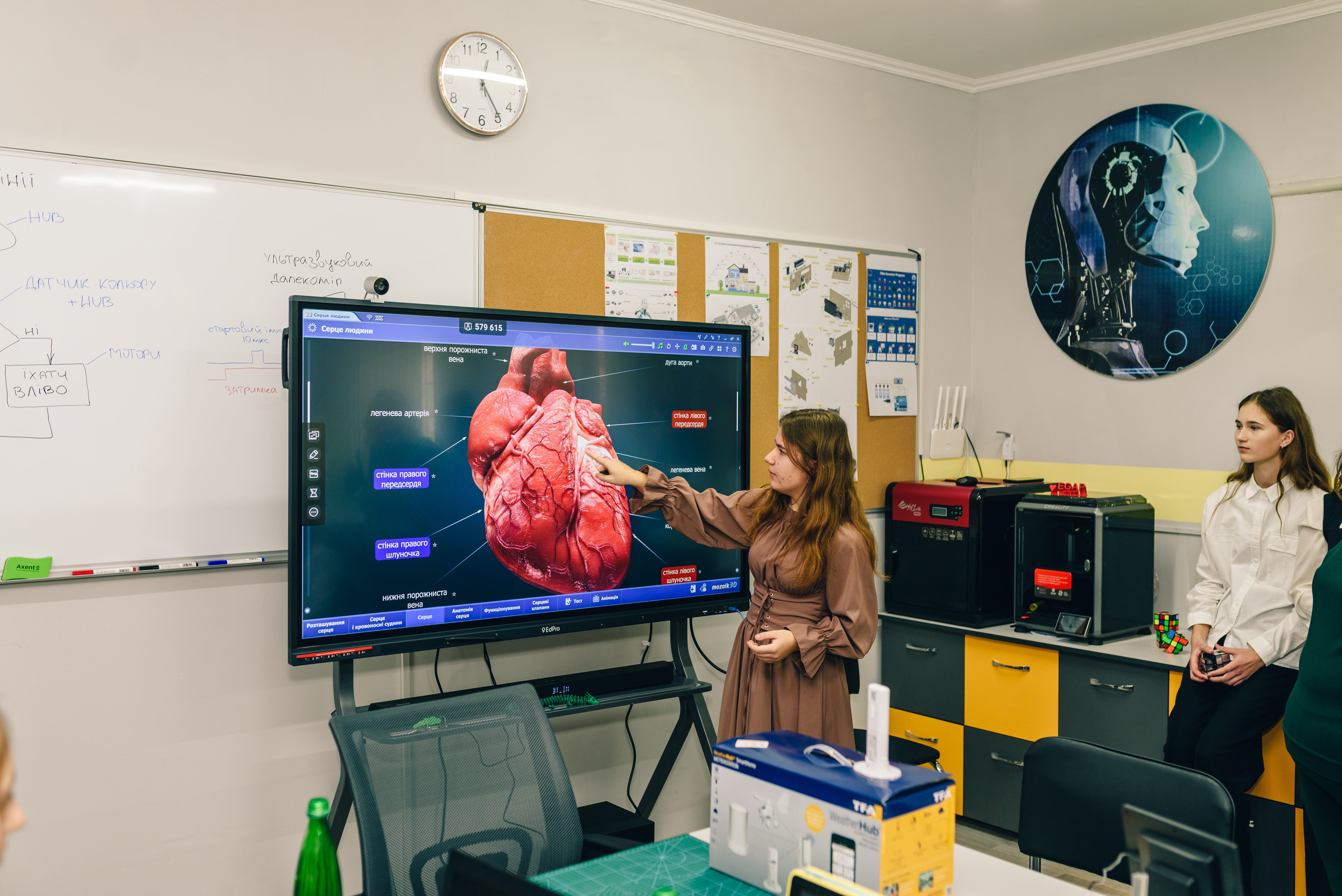EGAP Program helps schools launch STEM classrooms. Teachers participate in regular training sessions with EGAP experts and external specialists, allowing them to strengthen their digital and methodological skills, work confidently with new technologies, and teach students more effectively.
Our team has developed a scalable model that can be implemented in schools of various types. We created a complete set of regulatory and methodological materials — from explanatory notes and curricula to safety instructions — all adaptable to different ages and student skill levels. This is a ready-to-use toolkit that covers everything from lesson content to launch procedures, making STEM classrooms easy to implement and replicate across communities.

